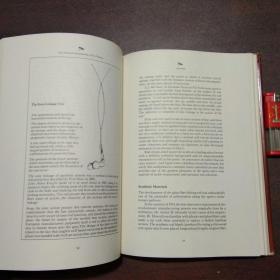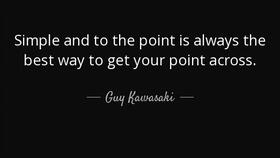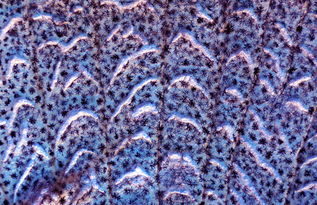Content:

Introduction: Fly fishing, an art form that combines patience, skill, and a deep connection with nature, has captivated anglers for centuries. One of the fundamental aspects of fly fishing is mastering the technique of adjusting your lead weights, also known as the lead sinker or weight. This article will delve into the intricacies of how to effectively tune your lead weights to enhance your fly fishing experience.
Understanding the Purpose of Lead Weights: Lead weights are an essential component of fly fishing, as they help the fly to reach the desired depth in the water column. By adjusting the weight, you can control the speed at which the fly sinks and the distance it travels before reaching the bottom. This is crucial for targeting specific fish species and conditions.
Choosing the Right Weight: The first step in adjusting your lead weights is to select the appropriate weight for the conditions you are fishing. Factors such as water temperature, flow rate, and the type of fish you are targeting should all be considered when choosing the weight. A heavier weight is usually needed in colder water or fast currents, while a lighter weight may suffice in warmer water or slower streams.
Measuring the Weight: Once you have chosen the right weight, it is important to measure it accurately. Most fly fishing weights are marked with a scale, making it easy to determine the exact weight. Ensure that you are using the correct scale, as some weights may be marked in grains or ounces.
Attaching the Weight: There are several methods to attach the weight to your fly line. The most common methods include the use of a loop-to-loop connection, a nail knot, or a surgeon's knot. Each method has its advantages and disadvantages, so it is important to choose the one that works best for you and the conditions you are fishing.
Loop-to-Loop Connection: The loop-to-loop connection is one of the simplest and most popular methods for attaching a weight to your fly line. To create a loop-to-loop connection, you will need a loop in the end of your fly line and a loop in the eye of your weight. Simply pass the loop in the weight through the loop in the fly line, and then pull the tag end of the fly line through the loop in the weight to tighten the connection.
Nail Knot: The nail knot is another effective method for attaching a weight. To tie a nail knot, make a simple overhand knot with the tag end of your fly line. Pass the tag end through the loop formed by the overhand knot, and then pull it tight. Repeat this process until you have a knot that is snug but not too tight. Finally, trim the tag end close to the knot.
Surgeon's Knot: The surgeon's knot is a versatile knot that can be used for attaching weights, leaders, and other fly fishing accessories. To tie a surgeon's knot, make a simple overhand knot with the tag end of your fly line. Pass the tag end through the loop formed by the overhand knot, and then pull it tight. Repeat this process with the other end of the fly line, and then pull both tag ends tight to form a secure knot.
Adjusting the Weight: Now that your weight is attached, it is time to adjust it for optimal performance. Begin by casting your fly line and weight into the water. Observe how the fly behaves as it sinks. If the fly is sinking too quickly, add more weight to slow it down. Conversely, if the fly is not sinking fast enough, remove some weight to increase the rate of descent.
Fine-Tuning the Weight: To fine-tune the weight, experiment with different lengths of leader material between the weight and the fly. A longer leader can help to reduce the impact of the weight on the fly's action, while a shorter leader can increase the sink rate. Additionally, consider the type of fly you are using. Some flies are designed to be fished with a slower sink rate, while others require a faster descent.
Conclusion: Adjusting your lead weights is a crucial skill in fly fishing that can greatly impact your success on the water. By understanding the purpose of lead weights, choosing the right weight, attaching it properly, and adjusting it for optimal performance, you can enhance your fly fishing experience and increase your chances of catching fish. Remember to practice these techniques and experiment with different setups to find what works best for you and the conditions you are fishing. Happy fishing!












